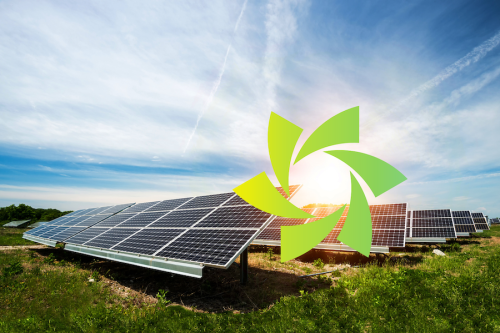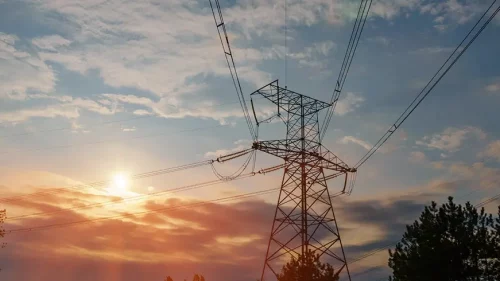Contents
Explained: AEMO Frequency Control Ancillary Services (FCAS)
What is FCAS and why do we need it?
The electricity supply system in Australia is designed to operate at 50Hz.
Electrical equipment for domestic, commercial and industrial applications is therefore also designed to use electricity that operates at 50Hz. If the electricity supply varies from this frequency, equipment in the supply chain and equipment used by customers can be damaged. The consequences of the damage can be substantial in terms of the cost of repair and the downstream costs associated with interruption to supply for the economy.
AEMO is responsible for maintaining the supply of electricity within +/- 0.5Hz of the 50Hz operational norm.
To maintain supply in this range, AEMO pays 3rd parties to be available to provide services which have the effect of raising the supply frequency – a RAISE service – or lowering the supply frequency – a LOWER service. These services are referred to as Frequency Control Ancillary Services (FCAS).
Types of FCAS Services
To ensure that the response to a variance in supply frequency is responded to quickly and sustained for the duration of the event, AEMO purchases FCAS services in three levels of response: FAST, SLOW and DELAYED.
A FAST FCAS response is provided within 6 seconds of detection of an FCAS event.
A SLOW FCAS response is provided within 60 seconds of detection of an FCAS event.
A DELAYED FCAS response is provided within 5 minutes of detection of an FCAS event.
FCAS Market and Response Obligation
Suppliers bid to provide the relevant FCAS service and AEMO operates a bid stack, like the wholesale spot market, to select the bids to enable in every 5-minute trading interval.
When the frequency on the network is moving in such a manner that it is likely to fall outside of the tolerance, a party whose bid has been ‘enabled’ by AEMO, must respond so that the frequency is maintained within the tolerance band.
Matching a Renewable Energy Solution to FCAS
Different renewable energy solution technologies are suited to the provision of different FCAS Types.
Batteries
A battery is able to provide FAST Raise and FAST Lower FCAS services.
Because a battery can be both discharged and recharged and is available for immediate response, this type of renewable energy solution technology can be made available for both these services.
Depending on the size of the battery and the discharge rate, a battery may also be used to provide both SLOW Raise and SLOW Lower services.
When using a battery, the state of charge at the start of the trading interval is a key determinant of the services that can be offered in that trading interval.
Generators
A generator is able to provide DELAYED Raise FCAS services and, depending on the rate at which the generator is able to get to 100% operations, may be able to provide SLOW Raise FCAS services.
Controllable Load
Where a site has controllable load that can be turned on quickly to increase the load on the network, this can be used to provide Lower FCAS Services. The rate at which the load can be ramped will determine which of FAST, SLOW and DELAYED FCAS the load can support.
Where a site has controllable load that can be turned off quickly to decrease the load on the network, this can be used to provide Raise FCAS Services. The rate at which the load can be ramped will determine which of FAST, SLOW and DELAYED FCAS the load can support


